Fireweed in urban food forest, Portland, Oregon. (Photo: Jalene Littlejohn)
Travel around Oregon long enough and you are bound to find yourself in a dark green forest full of towering trees. These dense and expansive forests are part of what makes Oregon special, and something that our economy, our people, and wildlife depend on.
When you think of forest wildlife, bees are probably not the first animal that comes to mind. That’s likely because even trained foresters are just beginning to understand a bee’s place in a forest ecosystem. Entomologists and ecologists are working to uncover where bees find food and nesting habitat in urban and rural forests and lands in between.
Below is a brief summary of our current understanding of what bees eat and pollinate and where they live when they’re in the woods.
What’s being pollinated in forests?
Most trees in western forests are wind pollinated, although understory plants and some broadleaf forest trees rely on pollination services or provide forage for native pollinators. In addition, many urban landscape or street trees such as linden and some maples are also reliant on or utilized by pollinators.
Where do bees live in forests?
People also often think of nectaries (i.e., flower sources) as the main resources needed by these pollinators when in fact they also require habitat such as open soil, sand, mud, hollow logs and stumps or materials such as coarse woody debris or pithy plant stems for nesting. Some wood-nesting bees even utilize abandoned bird nest cavities or exit holes created by beetles (such as metallic wood-boring beetles and longhorn beetles). Wild populations of honeybees often utilize hollow trees or logs for nesting and managed populations are occasionally pastured in fireweed following recent burns, which can produce a secondary crop from timberlands (Anita and Alexander 2002).
What does forest habitat look like for bees?
In addition to providing nectary and nesting resources, forests act as a buffer and windbreak (Mace and Black 2006). A surprising fact is that major disturbances such as intensive logging and fire can actually increase abundance and diversity of many bee species by mimicking early successional dynamics that have exposed bare soil and woody nesting materials and light exposure for the growth of forage plants (Rodriguez and Kouki 2017) such as fireweed.
What bees are found in forest habitats?
When people think of pollination they most often think of managed (non-native) honeybees used in agriculture and perhaps some also think of native, wild bumble bees. However, we have a wealth of other native bees present in non-agricultural landscapes such as forests.
Many times nectaries and nesting areas do not overlap so a mixture of both environments such as meadows along forest stands can increase bee biodiversity. Larger bees such as bumble bees are able to travel larger distances to utilize multiple habitats but for others, forest edges may be a richer source of bee abundance and diversity. Some bee species stick mostly to old growth, managed (thinned) timber, clear-cut or meadow habitats where most of their needs are being met.
Species compositions and abundances vary not just across space but also time therefore there can be wide variations in the presence of bee species even if sampled annually in the same time and space. Habitat patch size and connectedness both play a role in how much forest sites are utilized.
—
Still want to learn more about bees and forests? Learn about recent research findings with Dr. Jim Rivers of Oregon State University on the Septmeber 2017 PolliNation pocast– http://blogs.oregonstate.edu/pollinationpodcast/2017/09/18/dr-jim-rivers/

